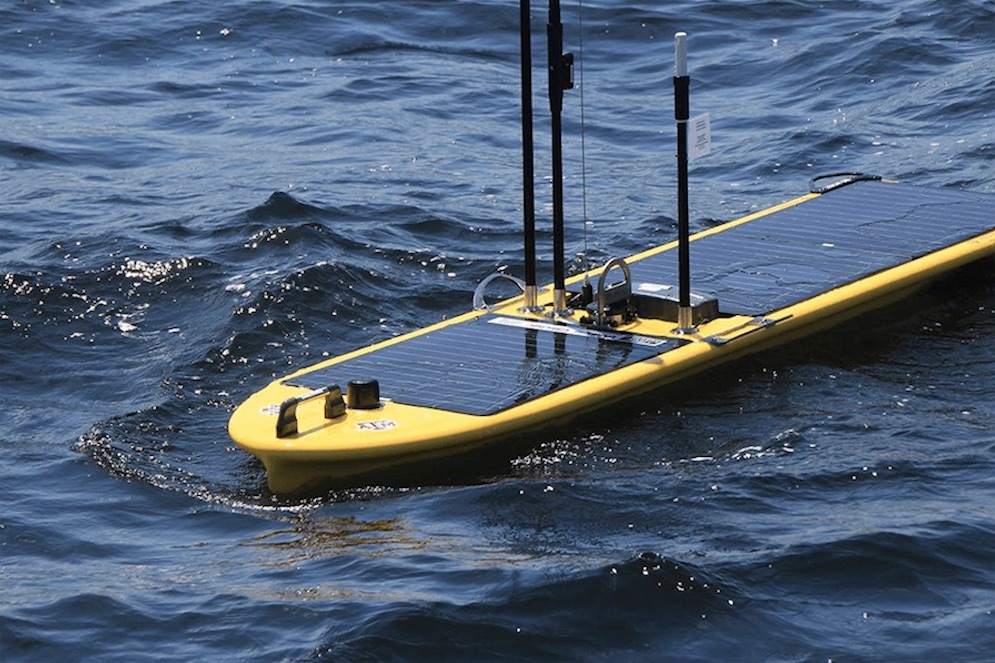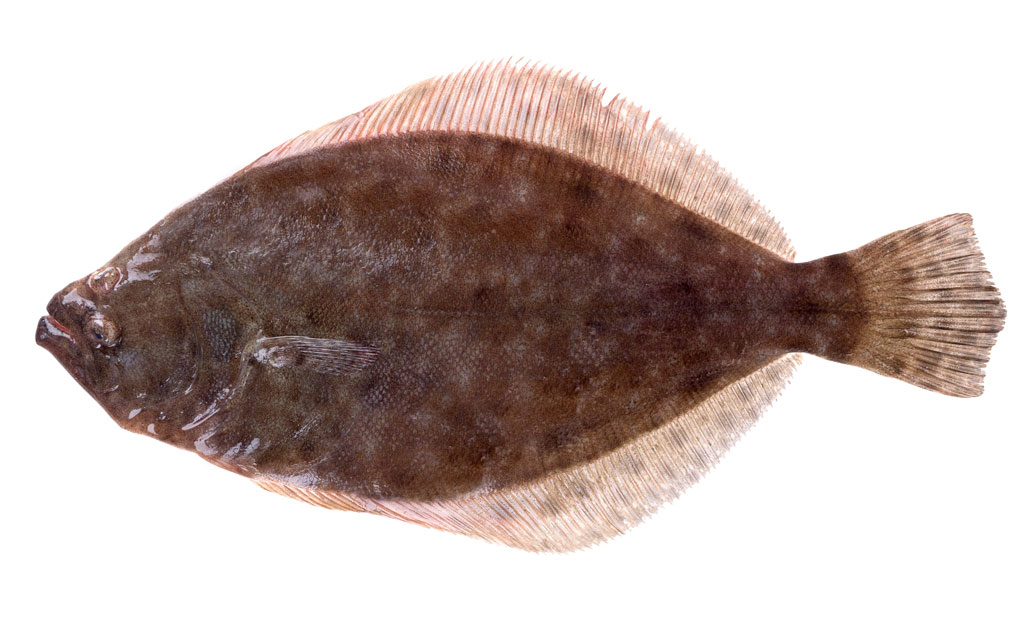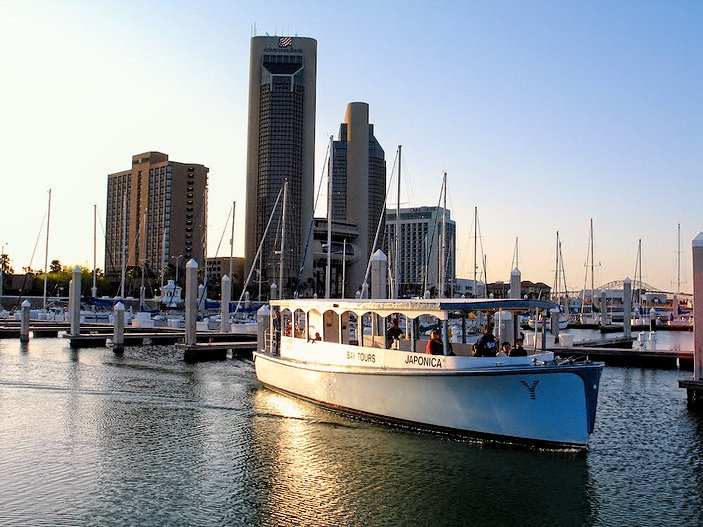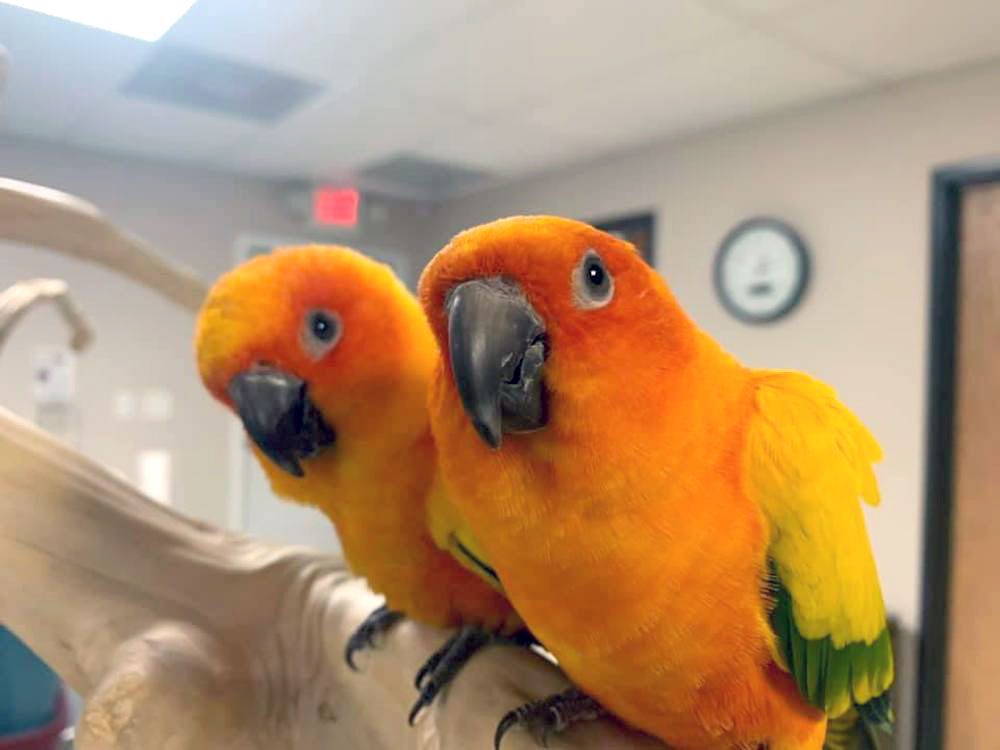
The Gulf Explorer, a surfing robot, is just one of many ways Texas A&M University and the University of Texas researchers in the Coastal Bend and Galveston are studying the effects of Hurricane Harvey on the Gulf of Mexico. Courtesy photo
Just after Hurricane Harvey dumped 11 trillion gallons of freshwater on the state of Texas, research foundations began dumping money on universities to study the impact of all that water on the Gulf of Mexico, including funds for a surfing robot.
Texas A&M University-Corpus Christi received $382,742 for two studies of bays and lagoons in the Coastal Bend, while the University of Texas Marine Science Institute received a similar amount to study the impact on seagrass and the biogeochemistry of local bays. TAMU has also partnered with Liquid Robotics to create a smart surfboard deployed to test the effects of freshwater on the Flower Garden Banks coral reef.
The grants come from the National Science Foundation to study the effects of Hurricane Harvey on the Gulf of Mexico. TAMU-CC and UTMSI each received two of a total of 59 grants.
TAMU-CC’s Harte Research Institute for Gulf of Mexico Studies received $182,790 to study Texas coastal lagoons, specifically at how aquatic animals and plants adapt to an influx of freshwater into the estuaries. The study is being conducted by Dr. Paul Montagna, Endowed Chair for Ecosystems Studies and Modeling at the Harte Research Institute.
“Paul and his team’s long-term commitment to monitoring Coastal Bend bays provided the ideal platform to study the real-time interaction of a major hurricane and an entire estuary,” said Dr. Larry McKinney, executive director of HRI at Texas A&M-Corpus Christi. “The National Science Foundation RAPID’s grants are unique in recognizing the value and necessity of immediate scientific response and having confidence in the first-rate scientists to whom they grant these funds.”
A second grant of $199,952 was awarded to Dr. Christopher Patrick, assistant professor in the Department of Life Sciences. Patrick will take a look at the immediate and longer-term impacts of the flooding and wind-driven tree falls on stream ecosystems.
UTMSI, which lost its campus to Hurricane Harvey, has nonetheless been working overtime in temporary laboratories and offices on the TAMU-CC campus. Work is already underway rebuilding the Port Aransas campus, which could take a year or more to complete.
Meanwhile, researchers are studying what the hurricane’s 150-mph winds have done to the water passes, sand and mud in the bays. Specifically, they will look at how movement of sediment combined with heavy flash floods directly impacts biogeochemical processes, including the amount of nutrients in the bays.
UTMSI chemists Drs. Amber Hardison and Zhanfei Liu received one of the two grants to study how the storm has changed the water and sediment biogeochemistry in Mission and Aransas bays. Both bays were in the eye of the storm.
“With a storm of this magnitude, the bays will not function like we are accustomed to,” Liu said. “They received such a tremendous amount of nutrients, and we’re interested to see how the bays will respond in the short term and the long term. We could see more algal blooms in the future, but we won’t know until we get out on the water.”
The second grant will aid in studying the effects on local seagrass meadows. Harvey’s high winds and large storm surge could well have reshaped seagrass meadows in the region.
“We hope to gain a holistic understanding of the hurricane’s impacts,” said assistant professor Dr. Lauren Yeager. “We’ll be working to not just figure out how much seagrass was lost but also tease apart how different aspects of the storm changed how these seagrass meadows function.”
Yeager will be joined by veteran seagrass biologist Dr. Ken Dunton to also investigate what factors help seagrass rebound quickly after such a massive disturbance.
Researchers from TAMU’s Geochemical and Environmental Research Group deployed a surfing robot into Galveston Bay to study the impact of freshwater on the Flower Garden Banks coral reef about 100 miles off the Texas coast. Although it is now undergoing repairs after being hit by a ship, the surfboard-shaped research robot will soon be back at work tracking a freshwater plume that could harm the coral reef.
Information pulled so far from the Gulf Explorer — the robot’s name — indicates that the freshwater plume might not reach the coral reefs after all. At about 35 miles from the coast, it turned to the right and has been tracked as far as South Padre Island.
Once repaired, the robot will be sent out to the Flower Garden Banks for another 60-90 days.





